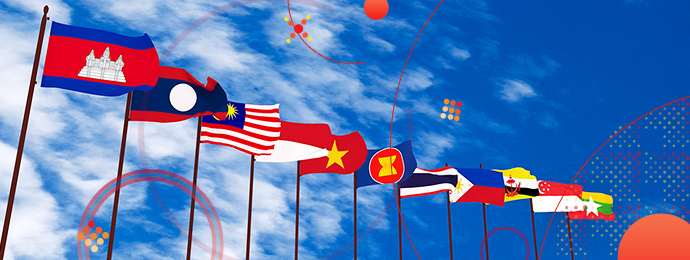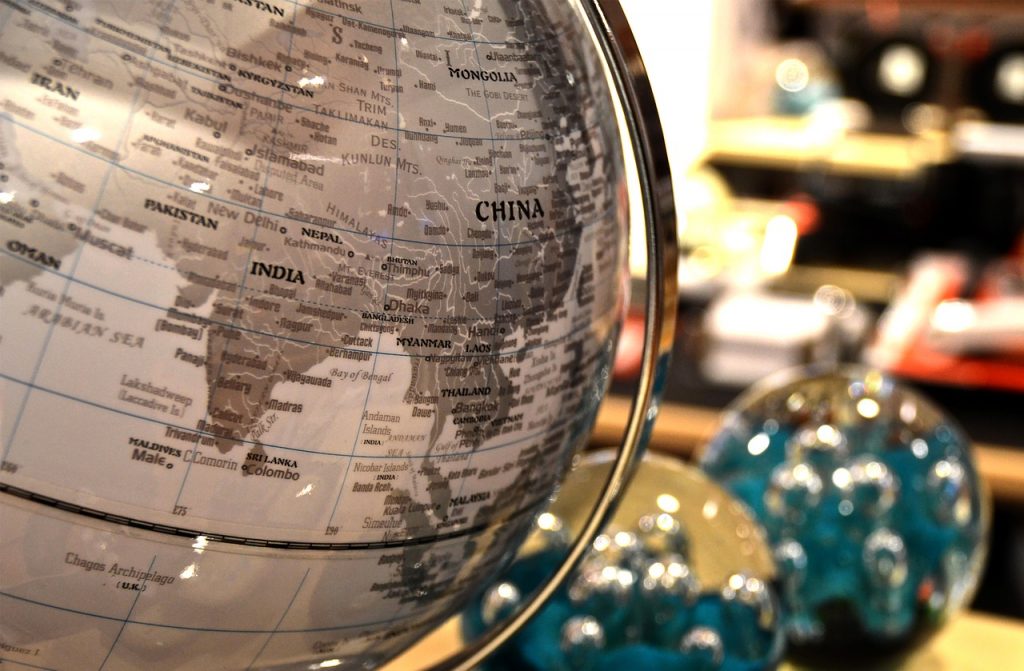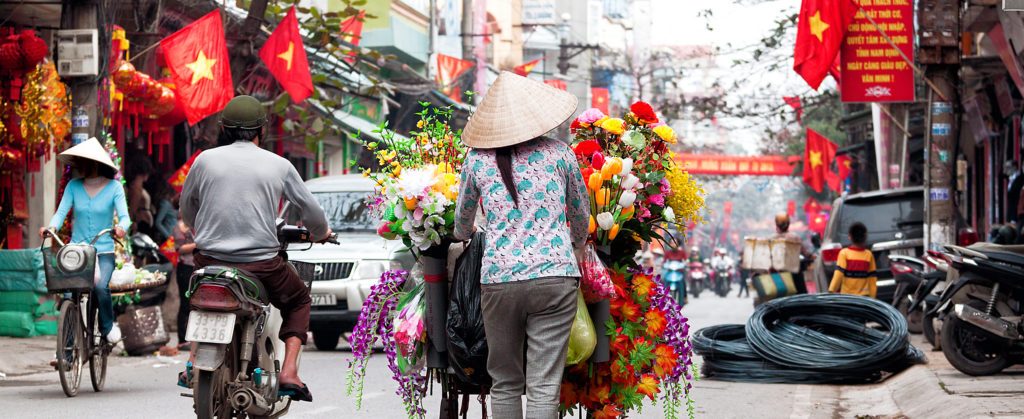Join GlobalBizzNetwork and start your international business network today.
Southeast Asia
The population of this entire region is close to 620 million, or about double that of the United States,and larger than Europe’s.
The three largest countries are Indonesia (254M citizens), the Philippines (101M) and Vietnam (93M). A majority are young, under 35 years of age.
There are many ethnic groups, religions, and languages.
The Javanese in Indonesia are the largest ethnic group in Southeast Asia, with more than 100 million people. Islam is the most widely practiced religion (61%), followed by Buddhism (20%), and Christianity (9%).
There are many times more languages spoken than there are countries.
Today South-East Asia (ASEAN) is one of the most developing region of the world. With its rising costs, China is no longer the go to destination for many businesses, in the past several years, a growing number of businesses have relocated their operations from China to Indonesia, Malaysia, Vietnam in an attempt to escape rising costs and an increasingly complex regulatory environment. This region became very attractive for sourcing and investments, Indonesia, Malaysia, and the Philippines are surging ahead of their regional neighbors, with FDI increases of 17, 19 and 20.4 percent, respectively
Why does Southeast Asia present so much opportunity?
To begin with, nearly every country in this region (except for Singapore) has an emerging and growing economy. Despite their geographic proximity, the countries in this region are different in other ways beyond just culture and religion, and therefore each should be entered with a separate strategy.
Singapore & Malaysia have the most mature markets and might be a good entry point for this region. Most of the other 10 countries have markets that offer longer term opportunities. Singapore,which is both a city-state and an island country, is a major global commerce, transportation and financial hub and has a reputation for being an easy place to do business. At about $52,000, it has the highest per capita income in this region. Brunei has the second highest per capita income in this region, at roughly $37,750. Malaysia, with a per capita income near $12,250, ranks third, significantly behind both Singapore and Brunei. Since much of the young population has many years ahead to earn greater incomes, they will no doubt increase their purchasing power as well. Already, their profile is attractive:
- There is high usage of the internet, computers, mobile devices.
- Those connected to the internet have greather purchasing power.
- Online purchases range from electronic devices to fashon, HBA and household items.
ASEAN

Then there is the Association of Southeast Asian Nations (ASEAN). This is an alliance promoting economic and political cooperation among its ten members: Brunei, Cambodia, Indonesia, Laos, Malaysia, Myanmar, the Philippines, Singapore, Thailand, and Vietnam. This organization is very anxious to facilitate doing business with other countries around the world and is seeking investments from, and trade with, international businesses.







